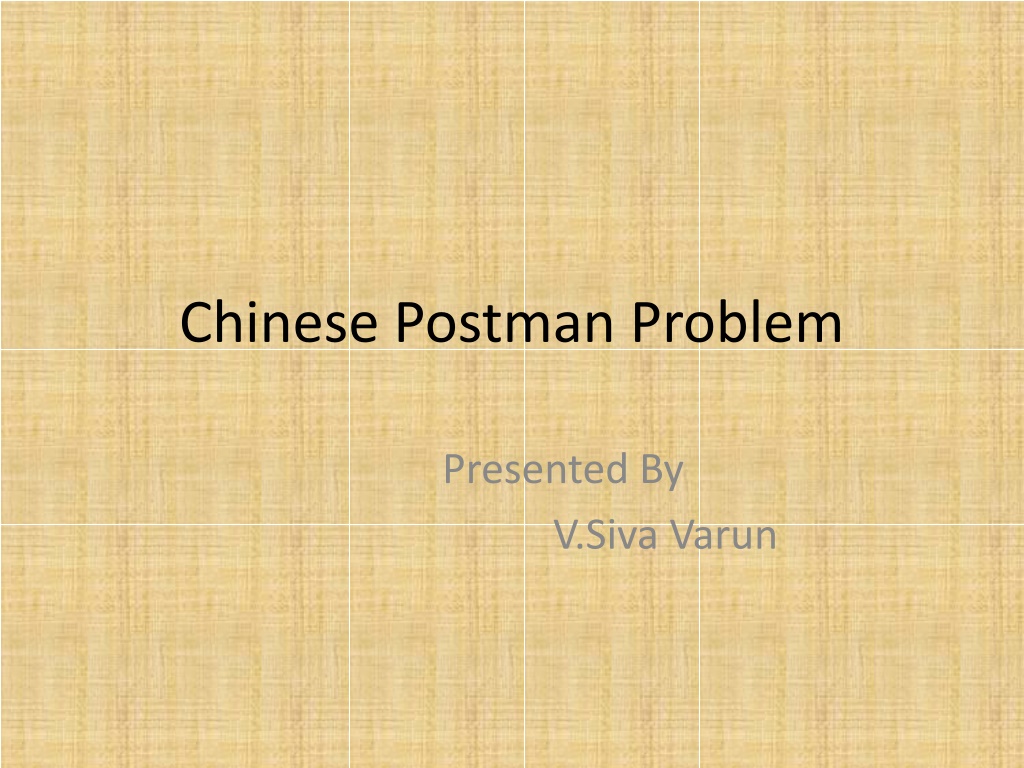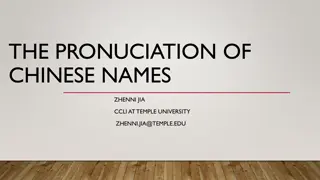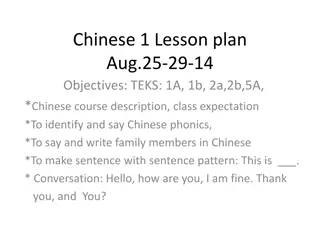Understanding the Chinese Postman Problem in Graph Theory
Explore the Chinese Postman Problem presented by V. Siva Varun, a mathematical conundrum about finding the shortest route for a postman delivering mail in a neighborhood. Learn about the special properties of traversable graphs, Eulerian trails, and more, with real-world applications and references to delve deeper into this intriguing problem.
Download Presentation

Please find below an Image/Link to download the presentation.
The content on the website is provided AS IS for your information and personal use only. It may not be sold, licensed, or shared on other websites without obtaining consent from the author. Download presentation by click this link. If you encounter any issues during the download, it is possible that the publisher has removed the file from their server.
E N D
Presentation Transcript
Chinese Postman Problem Presented By V.Siva Varun
Contents 1.Real World Problem 2. Special Properties 3.Interpreting graph solution to Real world problem 4.Solution to the Problem 5.Real World Applications 6.References
Real World Problem There is a Postman who delivers mail to a certain neighborhood of street. The postman is unwilling to walk far so he wants to find the shortest route possible. The postman should start and end at same spot and walk down each street at least once.
Behind the Problem It was first proposed by a Chinese mathematician Mei-Ku Kaun. It was proposed in year 1962.
Special Properties A traversable graph is one that can be drawn without taking a pen from the paper and without retracing the same edge. In such a case the graph is said to have an Eulerian trail.
Special Properties(Contd) Vertex Order A 3 B 3 C 3 D 3 It is Impossible to draw the above graph without either taking the pen of the paper or re-tracing an edge. This is because all the vertices have odd degree.
Special Properties(Contd) Vertex Order A 3 B 4 C 4 D 3 E 2 It is possible to draw the above graph without taking the pen of the paper and without retracing the same edge but we can achieve this by starting at either A or D and in each case the path will end at the other vertex of D or A. If a graph has exactly 2 odd vertices then it is said to be Semi-Eulerian Graph.
Special Properties (Contd) Vertex Order A 4 B 4 C 4 D 4 E 2 F 2 Here we can draw the above graph without retracing the edge or taking the pen of the paper regardless the starting position and we will always return to the start vertex. This is because all the vertices have even degree. If a graph has all even vertices then it is said to be Eulerian-Trail.
Interpreting graph solution to Real world problem Vertex Order A 3 B 3 C 4 D 3 E 3
Problem Solution Algorithm: Step 1: List all odd vertices. Step 2: List all possible pairings of odd vertices. Step 3: For each pairing find the edges that connect the vertices with the minimum weight. Step 4: Find the pairings such that the sum of the weights is minimized. Step 5: On the original graph add the edges that have been found in Step 4. Step 6: The length of an optimal Chinese postman route is the sum of all the edges added to the total found in Step 4. Step 7: A route corresponding to this minimum weight can then be easily found.
Solution(Contd) Step1: List All Vertices that have odd degree. Vertex Order A 3 B 3 D 3 E 3
Solution (Contd) Step2: List all possible Pairing of odd vertices. Serial Number Possible Pairing 1 AB and DE 2 AD and BE 3 ACE and BCD
Solution (Contd) Step3: For each pairing find the edges that connect the vertices with the minimum weight. 1 2 3
Solution(Contd) Step4: Find the pairings such that the sum of the weights is minimized. 8+8 = 16 6+6 = 12 5+5+5+5 = 20
Solution(Contd) Step 5: On the original graph add the edges that have been found in Step 4.
Solution (Contd) Step 6: The length of an optimal Chinese postman route is the sum of all the edges added to the total found in Step 4. Length of an optimal Chinese Postman route= 48 Sum of new edges = 12 Therefore, 48+12 = 60
Solution(Contd) Step 7: A route corresponding to this minimum weight can then be easily found. a -> b -> e -> d -> a -> c -> e -> b -> c -> d -> a 8+6+8+6+5+5+6+5+5+6=60
Real World Applications 1.Site Seeing 2.Deliveries 3.Shopping
References 1. http://web.mit.edu/urban_or_book/www/book/chapter6/6.4.4.html 2. http://www.suffolkmaths.co.uk/pages/Maths%20Projects/Projects/Topology%20a nd%20Graph%20Theory/Chinese%20Postman%20Problem.pdf 3. http://www.utdallas.edu/~dxd056000/cs6363/Chinese.htm























